3-Way Low Profile CPU Cooling Shoot-Out: Reeven, Phanteks, & Noctua
by E. Fylladitakis on January 18, 2017 8:00 AM EST- Posted in
- Cases/Cooling/PSUs
- Noctua
- Phanteks
- Cooler
- Reeven
The Phanteks PH-TC12LS
We received the Phanteks TC12LS inside a dark cardboard box with an abstract aesthetic theme, mostly based on schematic drawings of the cooler itself. Considering the size of the cooler, the box is large, with excessive layers of polystyrene foam for protection found on the inside. Inside the box we found four manuals, one for each of the most popular languages in the regions that the cooler is being marketed into, the necessary mounting hardware, and a syringe with Phanteks PH-NDC thermal compound that should last for at least three or four applications.
The Phanteks TC12LS features a narrow, dense array of black aluminum fins, much like the one we saw on Steropes, yet is even smaller. The fins are relatively thin but strong, with their sides rolled so that they support each other, virtually amassing together into a single strong construct. There are small gaps towards the center of the array to allow for a screwdriver to go through for the installation of the cooler, further reducing the surface of the array. Again, the TC12LS is wider than the CPU socket area of small motherboards, but the fin array is high enough to allow for the installation of standard height RAM modules beneath it.
A major marketing point of the TC12LS is its fan. Phanteks is using a full size 120 mm fan, and not just any 120 mm fan, but the PH-F120MP, one of their more advanced high performance designs. The PH-F120MP is a high static pressure design that may be quite a bit of an overkill for the narrow heatsink of the TC12LS, but should maintain good performance at lower RPMs.
Six 6 mm thick nickel-plated copper heatpipes exit the small base of the TC12LS, entering the fin array from one side. Rounded metallic caps cover their endings, mostly for aesthetic purposes.
The base of the TC12LS is not solid. A close inspection reveals that it comprises of two parts, the copper base and an aluminum top, with the heatpipes sandwiched between them. The aluminum top is flat and only meant to offer mechanical cohesion and mounting functionality, not to directly aid the thermal performance of the cooler in the slightest. The contact surface is machined well, down to a very smooth, flawless surface.


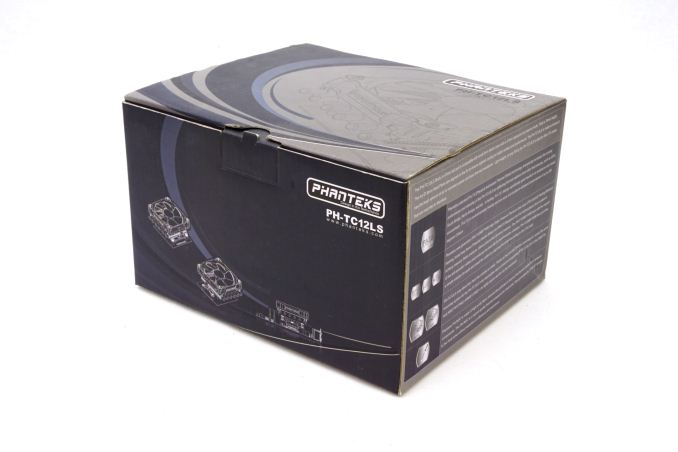
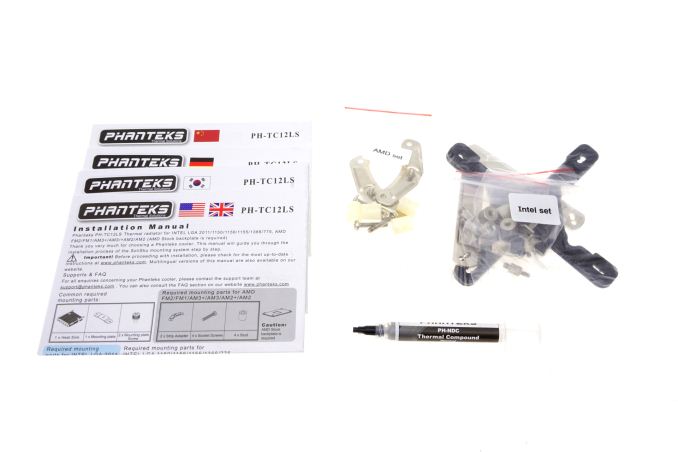

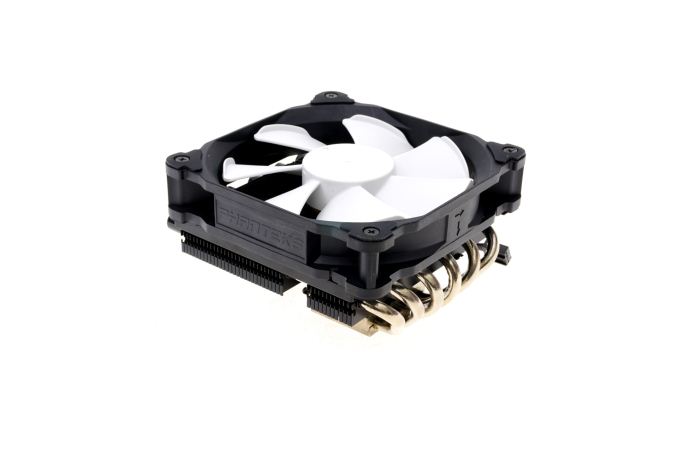
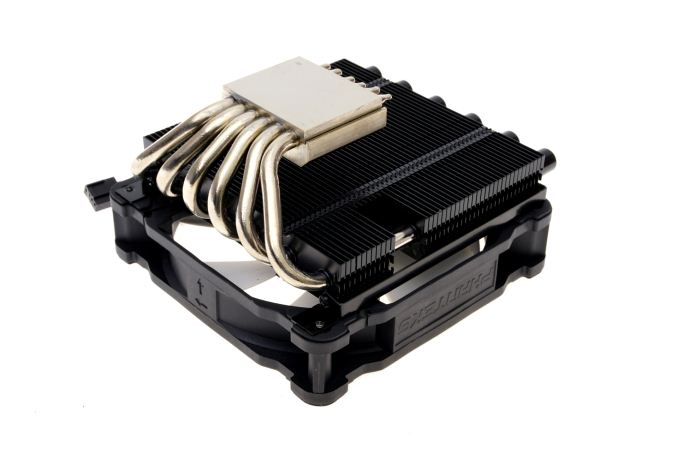
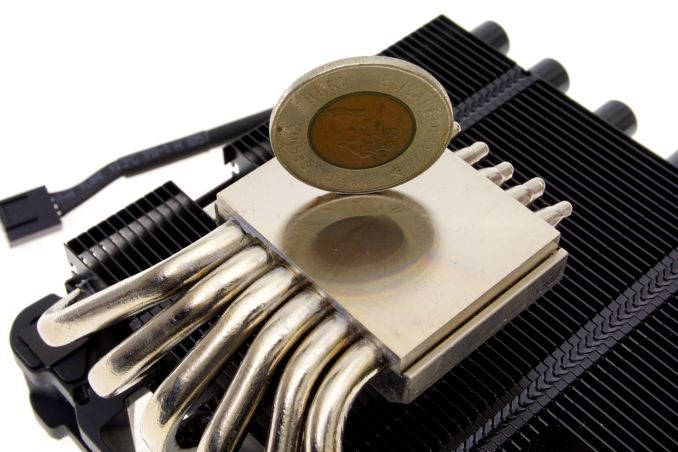








43 Comments
View All Comments
StevoLincolnite - Wednesday, January 18, 2017 - link
<3 Noctua.Samus - Wednesday, January 18, 2017 - link
The Noctua, although taller, has the best design. Inverting the fan is pretty smart.StevoLincolnite - Wednesday, January 18, 2017 - link
They also tend to be more expensive. But the cost is worth it in my opinion.nagi603 - Thursday, January 19, 2017 - link
Yes, they actually do provide far better workmanship and package. First Noctua I bought after Scythe blew me away, though it did cost twice the money.nathanddrews - Wednesday, January 18, 2017 - link
Great timing, AT! I was just looking at some low profile HSF solutions for a SFF AMD ITX system I have kicking around. The case I'm using has about 70mm clearance IIRC, so I was looking at the Noctua NH-L9a, but I'll have to see if the other dimensions of the Reeven will work in that space.80-wattHamster - Wednesday, January 18, 2017 - link
Cryorig's C7 is a good ~100W option as well, speaking as an owner of one. The fan it shipped with did have some PWM noise, but Cryorig's CS was helpful and sent a replacement (which is flawless so far) with minimal fuss.wolfemane - Wednesday, January 18, 2017 - link
I've currently got a c7 in my Node 202 build cooling a 6600k. It barely does the job and after two replacement fans, I've finally given up on the fan side. I still use the base but I've custom mounted a 120mm sp fan to it and have seen much better temps. But still not that great. The L9i could t cut it either, which I had on prior to the c7. I've got a scythe big shuriken rev. B on the way to try out.80-wattHamster - Wednesday, January 18, 2017 - link
A 6600K with an overclock definitely pushes a C7 pretty hard. It keeps mine under control at 4.0, though stress testing does start to push the thermal limit.nathanddrews - Thursday, January 19, 2017 - link
You guys talking about the AMD A8-6600K or the Intel i5-6600K?80-wattHamster - Thursday, January 19, 2017 - link
Good question! Intel in my case.